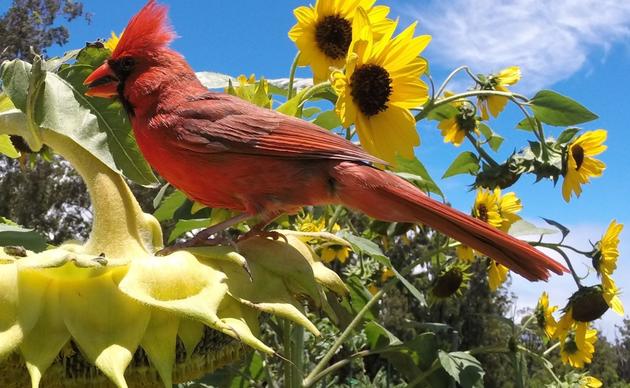Monthly Tips & Reminders for a Healthy Yard
JANUARY
• Toss your used Christmas tree into the yard to provide welcomed shelter for wildlife.
• Take note of which areas birds are using for winter shelter and foraging so that you will be sure to preserve them. Also make note of any areas that could benefit from additional vegetation.
• Have fun perusing seed and nursery catalogs and placing your orders. Refer to the notes, photographs, and sketches you made during the summer to determine the types and quantities of plants needed to boost your backyard habitat.
• To gain traction on ice or snow, use sand or sawdust from untreated wood, materials that are less harmful to plants than salt.
FEBRUARY
• Participate in the Great Backyard Bird Count
• Take advantage of the time spent indoors to learn about the environment connected to your backyard habitat. Research your ecological address.
• Read about the harmful effects of various herbicides, insecticides, and fertilizers; explore alternatives to pesticides; and review best practices for your lawn and garden.
• Collect the wood ashes from your fireplace to use in your compost pile or to sift and add with sand and loam to create a dust bath for birds in summer.
• Sharpen and tune-up your garden tools for the season ahead.
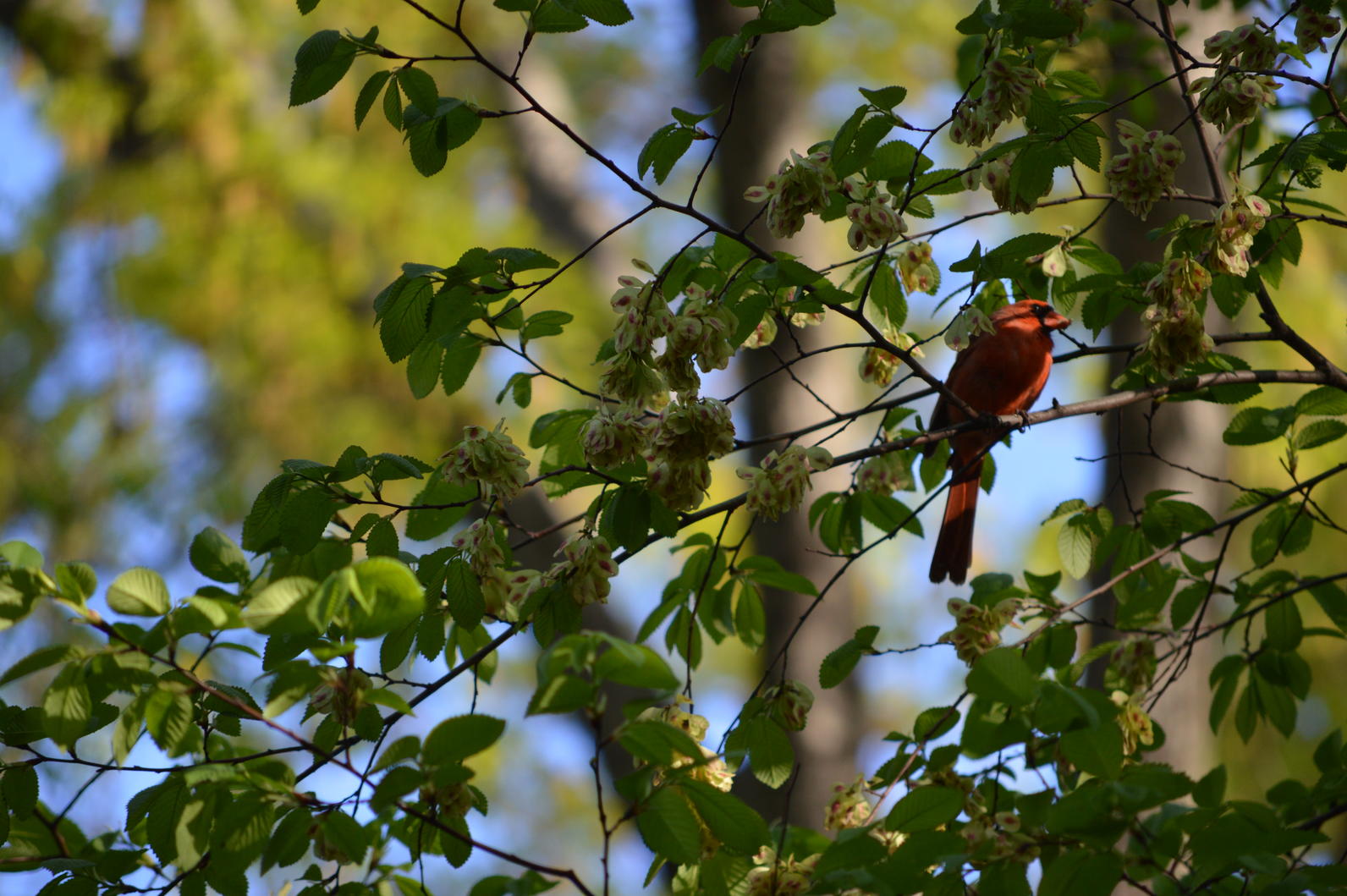
MARCH
• As you carry out your early spring cleanup chores,create a brush pile with fallen branches as a shelter for wildlife.
• Inventory your garage and garden shed and mark for safe disposal substances too toxic to use. Find out your community’s chemical disposal day schedule and location.
• Research the life cycles of insect pests so that you’ll be prepared to use alternatives to pesticides.
• Add compost to planting beds.
• Sow seeds of summer annuals indoors, remembering to pick species used by butterflies and hummingbirds.
• Clean out and repair nest boxes.
APRIL
• Prepare for spring warbler migration: Listen to audio recordings of the birds to brush up on their calls. Review a field guide to remember what to look for and when.
• Set your lawn mower height to 3 inches or higher to promote healthy growth. Remove the clippings box and let your clippings act as a mulch for your lawn.
• Celebrate John James Audubon’s birthday, April 26, by planting a native tree or shrub beneficial to birds.
• Fill your hummingbird feeders. The jewels will soon arrive. Dissolve one part sugar into four parts boiling water. Cool the mixture before setting it out for the birds.
MAY
• When preparing your garden, don’t forget to plantlate-blooming nectar plants for migrating monarch butterflies.
• Make sure all your data for Project FeederWatch has been submitted.
• Create a butterfly/hummingbird garden.
• Install a water drip or fountain mist to attract birds to your birdbath.
• Research the name of a local wildlife rehabilitator to have on hand in case you see injured or orphaned birds during the upcoming busy breeding season.
• Seek out and attend local plant sales conducted by native plant societies or nurseries.
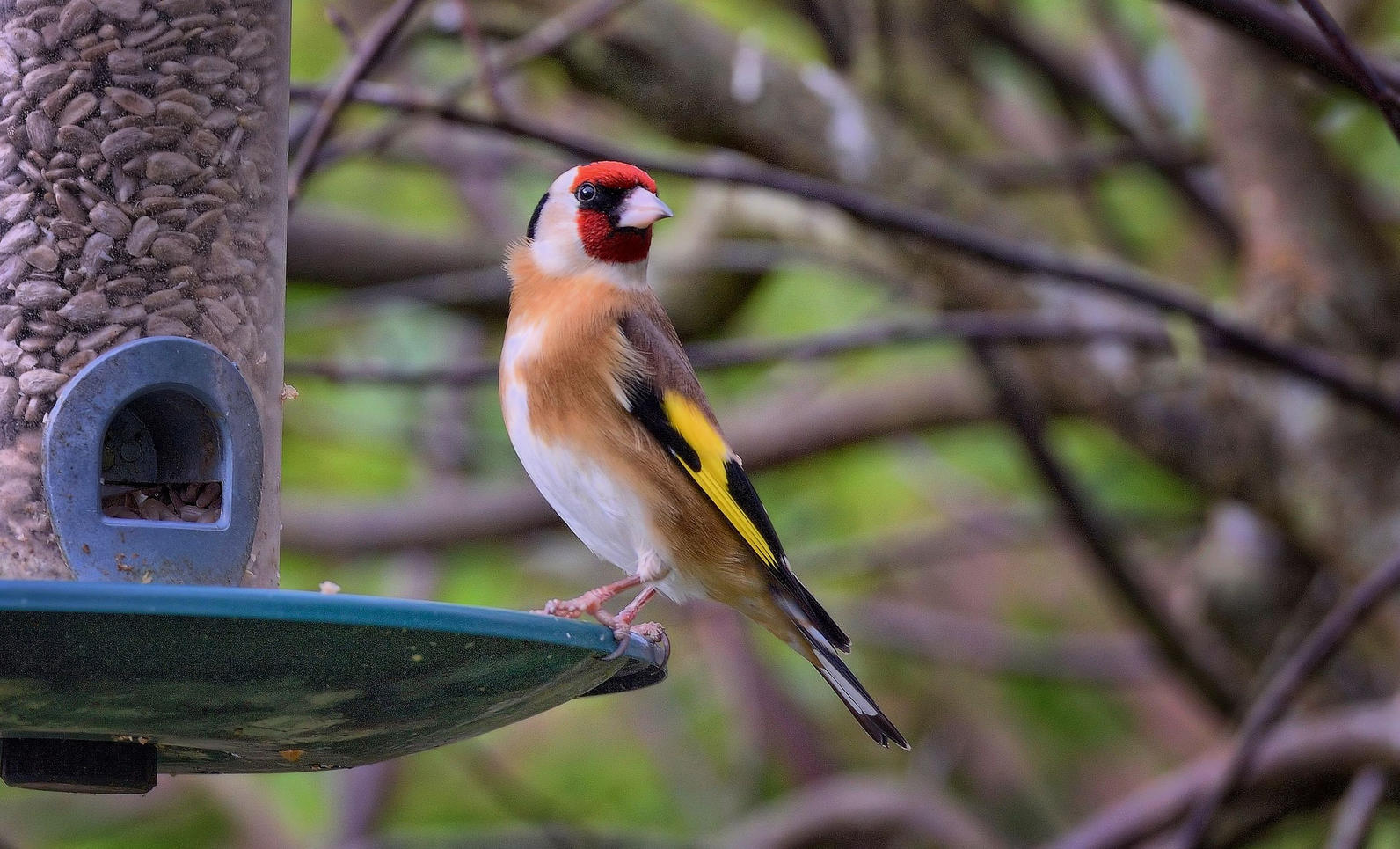
JUNE
• Nesting season is in full swing. Continue to keep your cat indoors!
• If you haven’t already done so, build a compost pile with grass clippings, kitchen scraps, and leaf litter.
• Change the water in your birdbath regularly and keep it filled.
• Scout your habitat frequently to detect pest problems early when control methods are most effective. Remember to tolerate some damage.
JULY
• Mulch garden beds to conserve moisture and control weeds.
• While the yard is in full bloom, take notes and photographs and make sketches to remember what looks good and which areas need additional plants and habitat restoration.
• Continue to monitor your yard for insect pests and use the least-toxic treatment methods possible.
• Install drip irrigation in case of long dry periods
• Remember to leave nitrogen-rich grass clippings on the lawn after mowing.
AUGUST
• Collect your native wildflower seeds as soon as they are ripe. Store them in a paper bag in a cool place.
• Assess the areas in your yard that may need additional plants.
• Prepare a landscape plan for the planting of trees and shrubs in the fall.
• After the last broods of the season have fledged, clean out all your birdhouses, removing old nests.
• Prepare your bird feeders for the migration season. Clean them using a solution of one part bleach to nine parts water. Rinse well.
SEPTEMBER
• Fill your bird feeders. Summer residents need to fatten up before they head south, other migrants will be passing through, and winter residents will recognize the welcome mat and stick around.
• While the weather is still comfortable, install netting, such as fruit-tree netting, in front of windows near feeders to prevent birds from crashing into the window.
• Set up roosting boxes to provide shelter for birds during the winter.
• Divide and transplant early-blooming perennials
• Take a soil sample and send it to your local cooperative extension to determine pH and nutrient levels. If amendments are needed, fall is the best time to apply them.
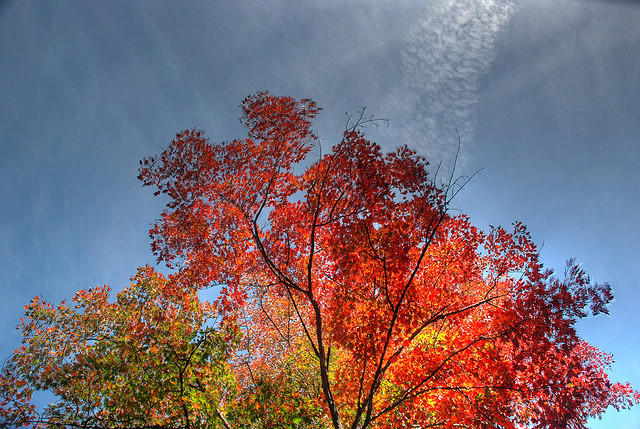
OCTOBER
• Stock up on bird seed and suet for the winter months.
• Keep your hummingbird feeders full until two weeks after the last migrant has left.
• Enjoy migration by going to a local hawk watch. Check your Audubon chapter or Audubon center to find out the nearest site.
• Rake fallen leaves under shrubs and into garden beds as a protective mulch layer and as foraging areas for birds. Or, shred fallen leaves with a mower and let them remain on the lawn as mulch. Another option is to simply place collected leaves into your compost along with other garden debris.
• Leave certain garden cleanup chores for the spring. Remove rotted debris to prevent the harboring of pests and diseases, but allow spent grasses and other seed bearing plants to remain standing throughout the winter as a food source for the birds.
• Add organic matter to the soil by tilling in summer mulch and adding compost or manure.
NOVEMBER
• Sign up for Project FeederWatch and become a citizen scientist by counting the birds that come to your feeding station from November to April.
• Plant deciduous trees and shrubs up until the ground freezes.
• Set up a submersible heater in your birdbath to keep water unfrozen and accessible throughout the winter.
• Clean and oil your garden tools for winter storage.
• Begin sowing seeds that need stratification or Cold treatment.
DECEMBER
• Participate in Audubon’s Christmas Bird Count.
• Decorate the trees and shrubs in your yard with holiday treats for the birds. Make an edible garland by stringing popcorn and cranberries and raisins. Hang dried pinecones slathered in peanut butter and rolled in bird seed. Cut apples into chunks and skewer onto twigs.
• After the ground freezes, mulch around perennial beds to prevent heaving during freeze/thaw cycles.
• Before the ground freezes, erect nest boxes for next spring. Bluebirds, especially, will check out possible nesting sites in late winter.
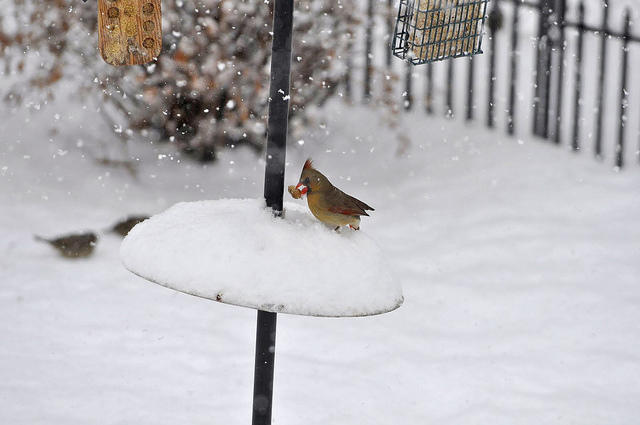
Donate to Audubon
Help secure the future for birds at risk from climate change, habitat loss and other threats. Your support will power our science, education, advocacy and on-the-ground conservation efforts.

